Whitepapers
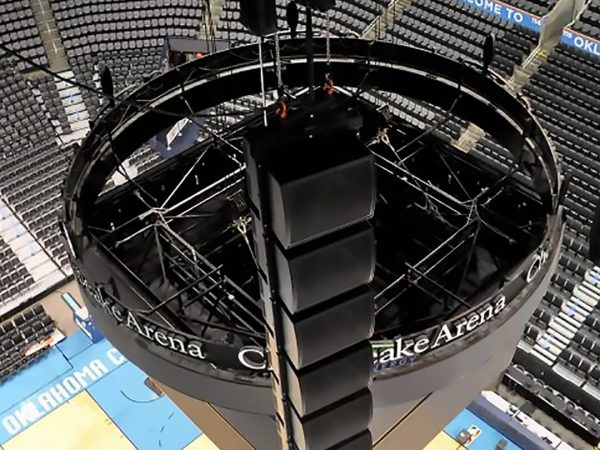
Improved Loudspeaker Array Modeling
Measurements of directional response are often used to predict interactions in arrays. Implicit in this approach is a simplistic source model with demonstrable limitations. The source models can be greatly improved by incorporating the known physical attributes of the horns. Example models of horn directionality are presented which agree closely with measured data, and which accurately predict array performance.
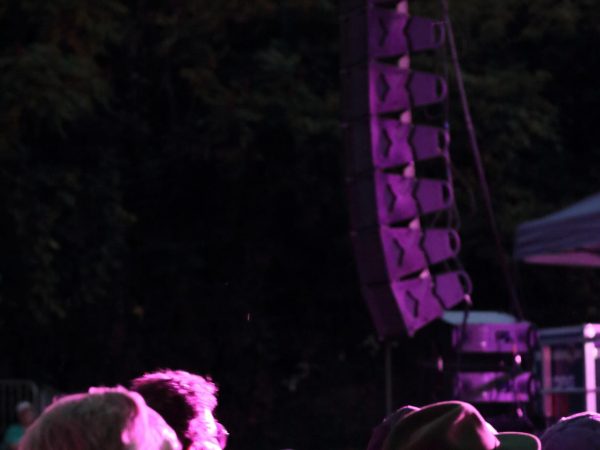
Improved Loudspeaker Array Modeling Part 2
The modeling technique presented in Part 1 is extended to three-dimensional space through the use of a flat tessellation of the horn mouth. This is made possible by a more complete version of the Kirchoff-Helmholtz integral, which is applicable to a surface of arbitrary shape. The three-dimensional technique is effective with asymmetrical devices, and produces better agreement with measurements at low frequencies and at angles near and beyond 90° off axis.
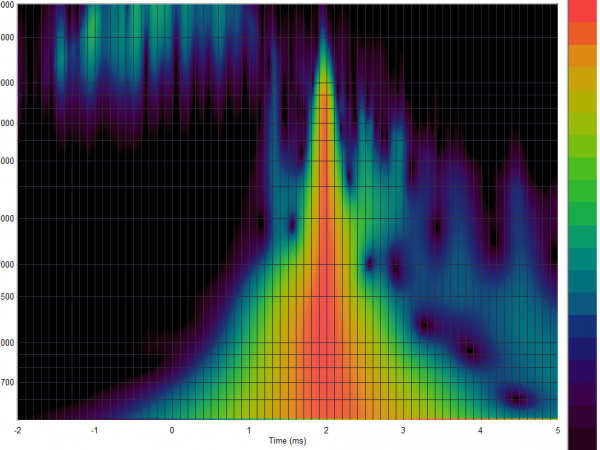
A Spectrogram Display for Loudspeaker Transient Response
In this paper, we present a novel and efficient method for calculating a wavelet transform spectrogram, which is optimized for the analysis of loudspeaker transient response. The new method employs complex convolution of the frequency response, rather than explicit time domain windowing or the wavelet transform.
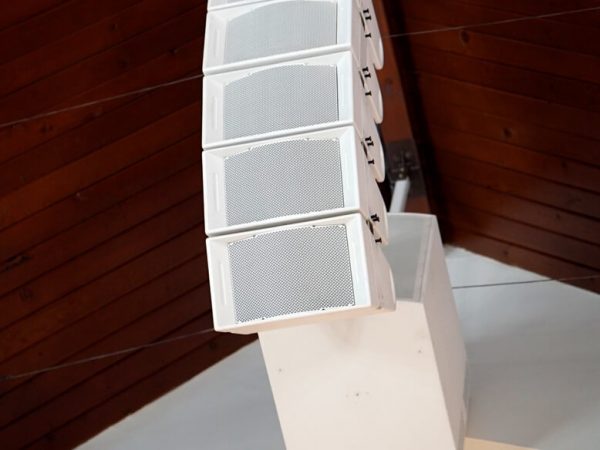
Implementation Of A Wide-bandwidth, Digitally Steered Loudspeaker Array
Many potential applications of digital loudspeaker steering require a wide bandwidth implementation in order to benefit from the flexibility and control offered by this technique. The requirements for effective steering are explained with examples, and used to establish physical criteria for a useful system. An implementation is described which meets these criteria with a high-density, multi-way source array and integrated processing and amplification. The design parameters, the capabilities, and the practical limitations of this system will be explored and demonstrated.
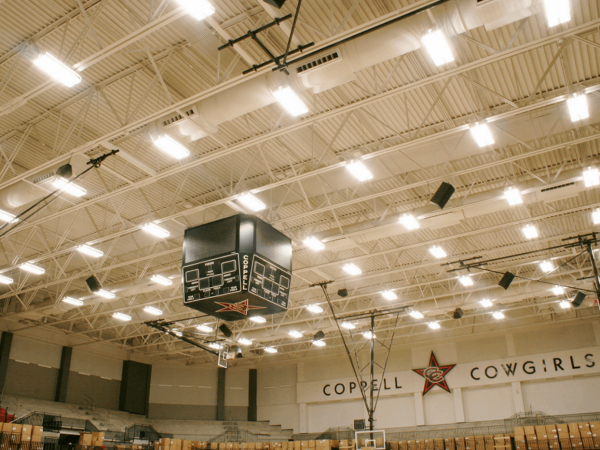
Improving Loudspeaker Transient Response
The transient response of a loudspeaker represents the combined effect of a multitude of physical
behaviors. Some of these behaviors are time-variant, nonlinear, or spatially variable and are not good candidates for digital correction. Others are sufficiently LTI (linear, time-invariant) and sufficiently consistent directionally to be
largely correctable with specialized digital filters. In the particular case of high powered, horn-loaded loudspeakers,
most of the observed transient misbehavior is the result of stable, correctable phenomena. Consequently, the
transient response of such loudspeakers can be significantly improved with signal preconditioning. Measurements
demonstrate the improvements that are possible.
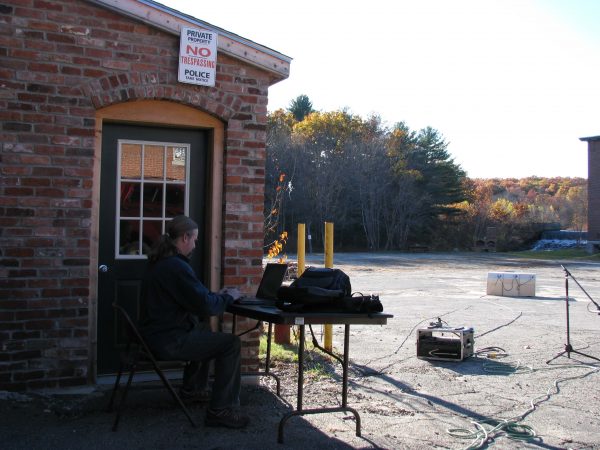
Loudspeaker Acoustic Field Calculations With Application To Directional Response Measurement
The traditional method of predicting the acoustical field produced by an arbitrarily shaped source is a high frequency, angle-limited reduction of the Kirchhoff-Helmholtz equation. The broad band, broad angle version of the Kirchhoff-Helmholtz equation is derived, and implemented as a numerical method. Acoustical field predictions of real sources developed with this method agree closely with measured data. This agreement even extends to low frequencies and angles near and beyond 90 degrees off of the primary axis. Applications of the technique are described, including a powerful and efficient directional response characterization method.
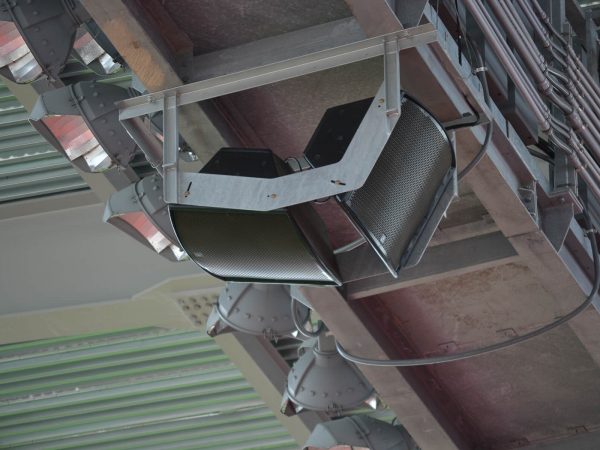
Loudspeaker Complex Directional Response Characterization
For complex directional response data to be useful, it must be gathered and deployed in a much more disciplined manner than has typically been applied to magnitude-only data. The loudspeaker under test and measurement microphone must be precisely positioned; geometrical errors must be corrected; and, temperature variations must be accounted for. An object oriented data structure is described which facilitates solutions to each of these challenges. Practical applications employing the new data structure are also presented.
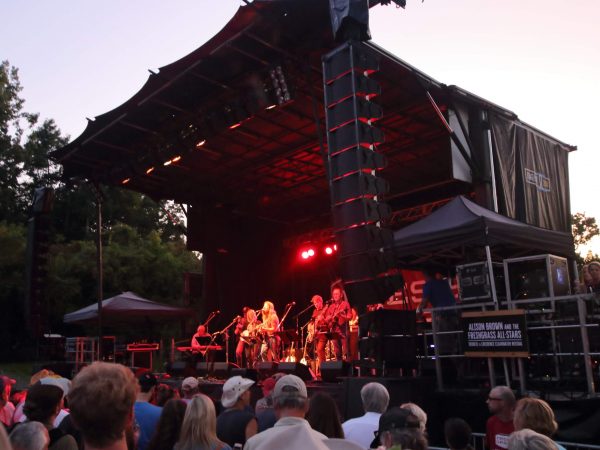
Loudspeaker Manifolds For High-level Concert Sound Reinforcement
The acoustical manifold is presented as a device for improving the performance of high-level concert sound reinforcement speaker systems. Recently developed bass, midbass, and high-frequency devices are discussed, each of which effectively sums the output of four loudspeakers, producing from the four a single coherent source. The advantages of manifolds over multiple sources are improved audience coverage, reduced polar response lobtng, smallfrontal area arrays, small transportable enclosures, and in certain cases reduced distortion and increased efficiency.
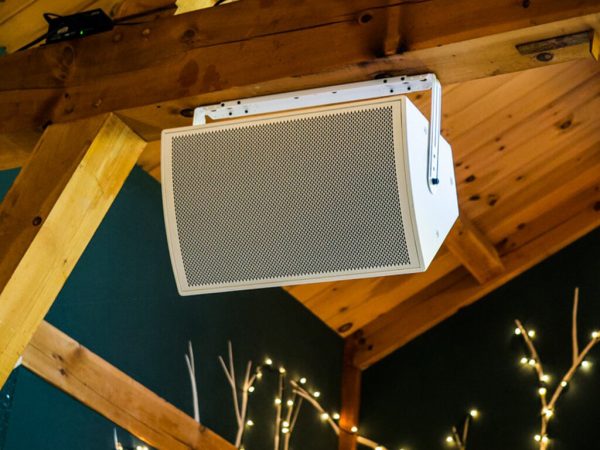
Loudspeaker Transfer Function Averaging and Interpolation
Transfer functions of acoustical systems usually include significant phase lag due to propagation delay. When this
delay varies from one transfer function to another, basic mathematical operations such as averaging and
interpolation produce unusable results. A calculation method is presented which produces much better results, using
well-known mathematical operations. Applications of the technique include loudspeaker complex directional response characterization, complex averaging, and DSP filter design for loudspeaker steering.
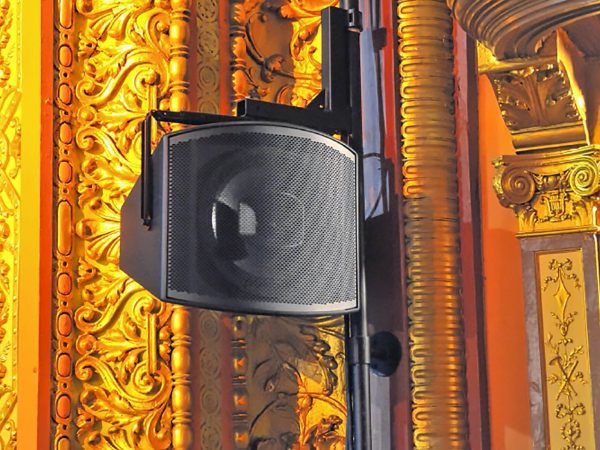
Optimizing The Magnitude Response Of Matched Ztransform Filters (“Mzti”) For Loudspeaker Equalization
The magnitude response of matched z-transform (MZT) filters deviates from the response of analog filters in a
relatively gradual fashion. The error can be minimized by adding zeros to an all-pole filter or by shifting the position of the poles or zeros in a biquadratic filter. A set of efficient closed form algorithms is presented which provide optimum coefficients. The resulting filters (dubbed “MZTi”) display excellent agreement with the analog target filters, both in their magnitude and phase responses.
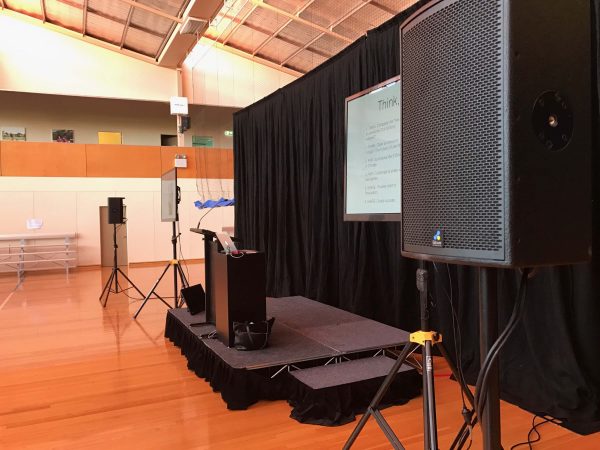
Practical Benefits & Limitations Of Digitally Steered Loudspeaker Arrays
The capability of digitally steered line array loudspeakers to create directional patterns of varying beamwidth, and to steer those patterns off the primary axis of the device is well known. However, significant additional benefits may be realized with non-traditional coverage patterns, and by exploiting the horizontal invariance of the vertical pattern to
more precisely cover typical audience areas. The practical limits of off-axis steering and beam forming will also be characterized, so that practitioners may assess the potential impact of any unintended directional artifacts.
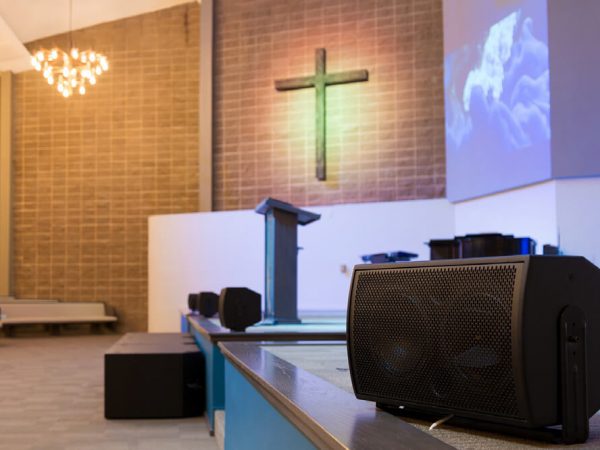
The Design and Implementation of Line Arrays Using Digital Signal Processing
The requirements for a wide bandwidth, steerable loudspeaker array are presented, and used to establish physical criteria for a broadly useful system. An implementation is described which meets these criteria with a high-density, multi-way source array and integrated processing and amplification. The directional characteristics of digitally steered arrays are exlpored, including some which offer unique advantages. Practical limits of directional performance are also established.
Patents
- US10123111B2 – Passive Cardioid Speaker
- US4629029 – Multiple Driver Manifold
- US4685532 – Constant Directivity Loudspeaker Horn
- US5020630 – Loudspeaker and Horn Therefor
- US6009182 – Downfill Speaker for Large Scale Reproduction System
- US6016353 – Large Scale Sound Reproduction System Having Cross-Cabinet Horizontal Array of Horn Elements
- US8081766B2 – Creating Digital Signal Processing (DSP) Filters To Improve Loudspeaker Transient Response

